The Ultimate Guide To Companion Planting With Cardoons
The Ultimate Guide to Companion Planting with Cardoons
Cardoons are a delicious and versatile vegetable that can be enjoyed in many different ways. They are also relatively easy to grow, but they do best when they are companion planted with other plants.
In this blog post, we will discuss the benefits of companion planting with cardoons and share some of the best companion plants for cardoons. We will also provide some tips for spacing cardoons and planting them in your garden.
Benefits of Companion Planting with Cardoons
There are many benefits to companion planting with cardoons. Some of the benefits include:
- Attracting pollinators: Cardoons attract pollinators, such as bees and butterflies. These pollinators help to pollinate other plants in your garden, which can lead to a better harvest.
- Reducing pests and diseases: Some companion plants can help to repel pests and diseases from cardoons. For example, marigolds can help to repel aphids, and nasturtiums can help to repel whiteflies.
- Improving soil quality: Some companion plants can help to improve the soil quality around cardoons. For example, legumes can fix nitrogen in the soil, which can benefit other plants in your garden.
Best Companion Plants for Cardoons
Some of the best companion plants for cardoons include:
- Asparagus: Asparagus can help to repel aphids and whiteflies from cardoons.
- Rhubarb: Rhubarb can help to improve the soil quality around cardoons.
- Globe artichokes: Globe artichokes can help to attract pollinators to cardoons.
- Horseradish: Horseradish can help to repel pests and diseases from cardoons.
- Watercress: Watercress can help to improve the drainage around cardoons.
Spacing Cardoons
Cardoons should be spaced 18-24 inches apart in rows that are 36-48 inches apart. This will give the plants enough space to grow and prevent them from competing for resources.
Planting Cardoons
Cardoons can be planted in the spring or fall. If you are planting them in the spring, plant them after the last frost. If you are planting them in the fall, plant them at least six weeks before the first frost.
To plant cardoons, dig a hole that is 12 inches deep and 18 inches wide. Fill the hole with compost or manure, and then plant the cardoon. Water the cardoon well, and then mulch around the plant to help retain moisture.
Conclusion
Companion planting with cardoons can help to improve your garden's productivity and protect your plants from pests and diseases. By choosing the right companion plants and spacing your cardoons correctly, you can enjoy a bountiful harvest of this delicious and versatile vegetable.
Cardoons are a striking and versatile plant that can be grown in the garden or as a container plant. They are related to artichokes and have similar edible leaves. Cardoons are also a good choice for companion planting, as they can help to deter pests and attract beneficial insects.
Some good companion plants for cardoons include:
- Asparagus
- Rhubarb
- Globe artichokes
- Horseradish
- Watercress
- Dahlias
- Zinnias
- Chinese asters
- Ammi visnaga
These plants can help to improve the soil quality, attract beneficial insects, and deter pests. They can also create a beautiful and colorful display in the garden.
For more information about cardoon companion plants, please visit Gardenia Inspiration. This website provides a comprehensive list of companion plants for cardoons, as well as tips on how to plant and care for these plants.
FAQ of cardoon companion plants
5 Most Frequently Asked Questions About Cardoon Companion Plants
Cardoons are large, spiky plants that are related to artichokes. They can be grown as annuals or perennials, and they are a popular choice for vegetable gardens. Cardoons are also known for their insect-repelling properties, which makes them a good choice for companion planting.
Here are 5 of the most frequently asked questions about cardoon companion plants, along with valuable insights and solutions:
1. What are the best companion plants for cardoons?
Some of the best companion plants for cardoons include:
- Artichokes: Artichokes and cardoons are both members of the thistle family, so they have similar growing requirements. They also help to attract beneficial insects to the garden.
- Basil: Basil is a natural insect repellent, so it can help to keep pests away from cardoons. It also helps to improve the flavor of cardoons when they are cooked.
- Carrots: Carrots and cardoons help to deter each other's pests, so they make good companion plants. They also have similar growing requirements.
- Fennel: Fennel is another natural insect repellent, and it also helps to improve the flavor of cardoons when they are cooked.
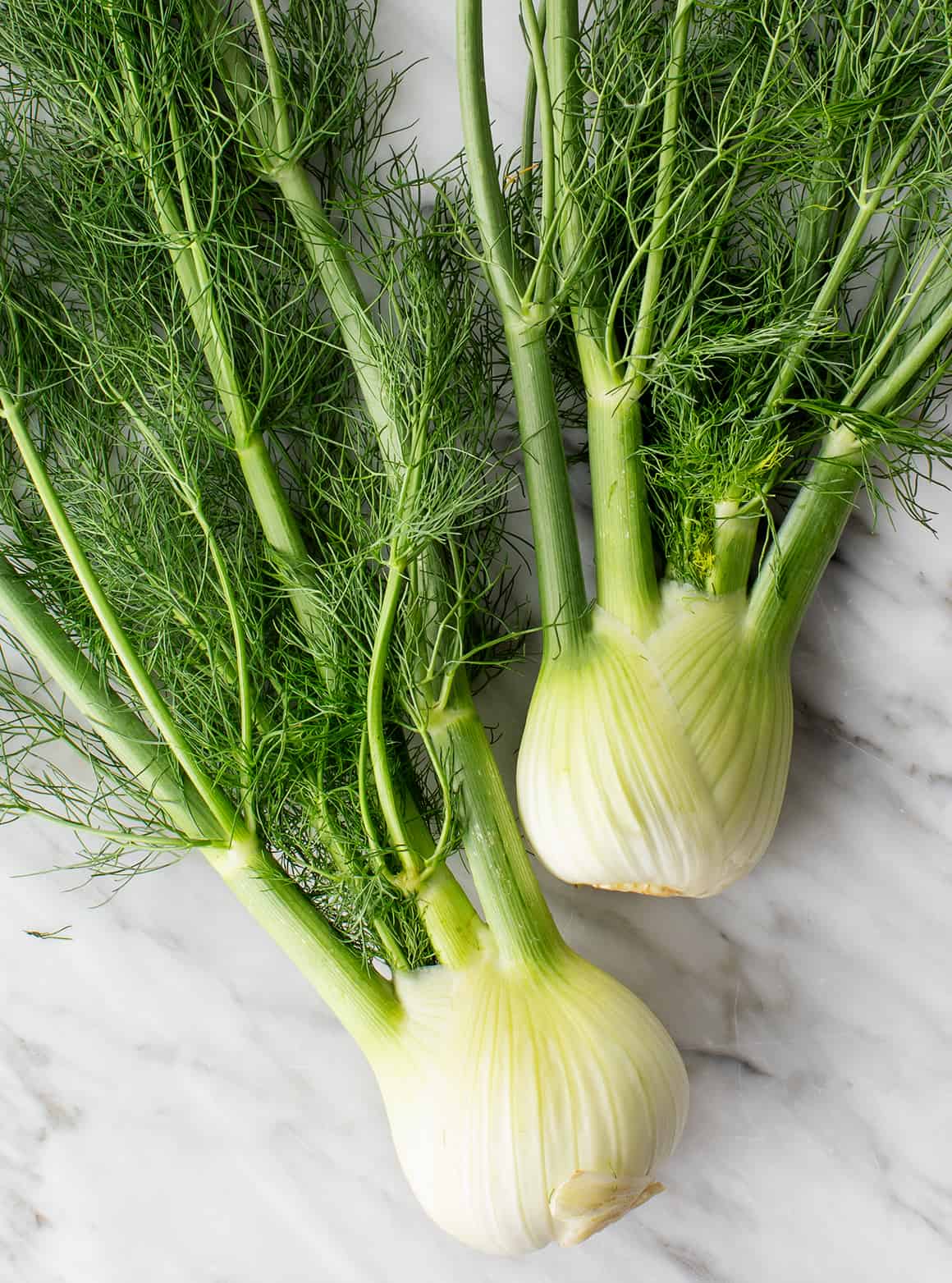
- Onions: Onions and garlic help to repel pests from cardoons, and they also help to improve the flavor of cardoons when they are cooked.
- Tomatoes: Tomatoes and cardoons help to deter each other's pests, so they make good companion plants. They also have similar growing requirements.
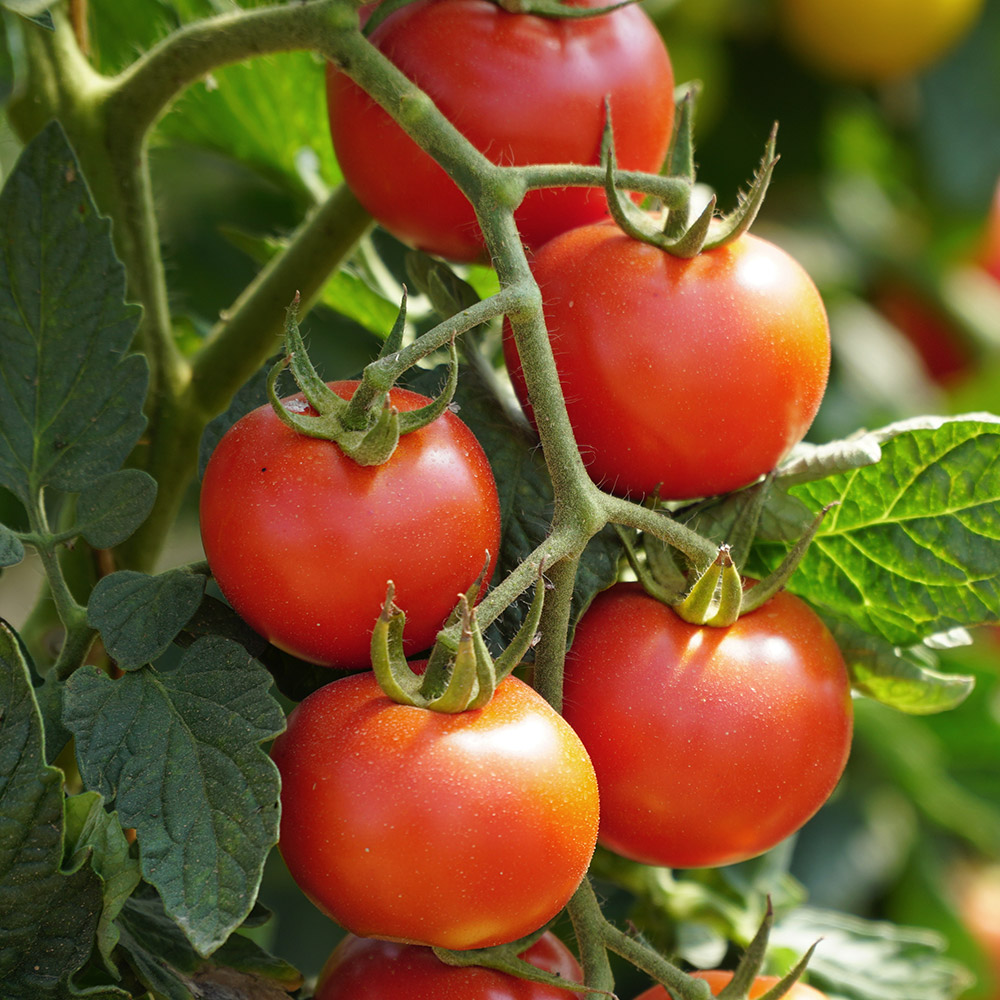
2. What plants should I avoid planting near cardoons?
Some plants that you should avoid planting near cardoons include:
- Beans: Beans and cardoons compete for nutrients, so they should not be planted together.
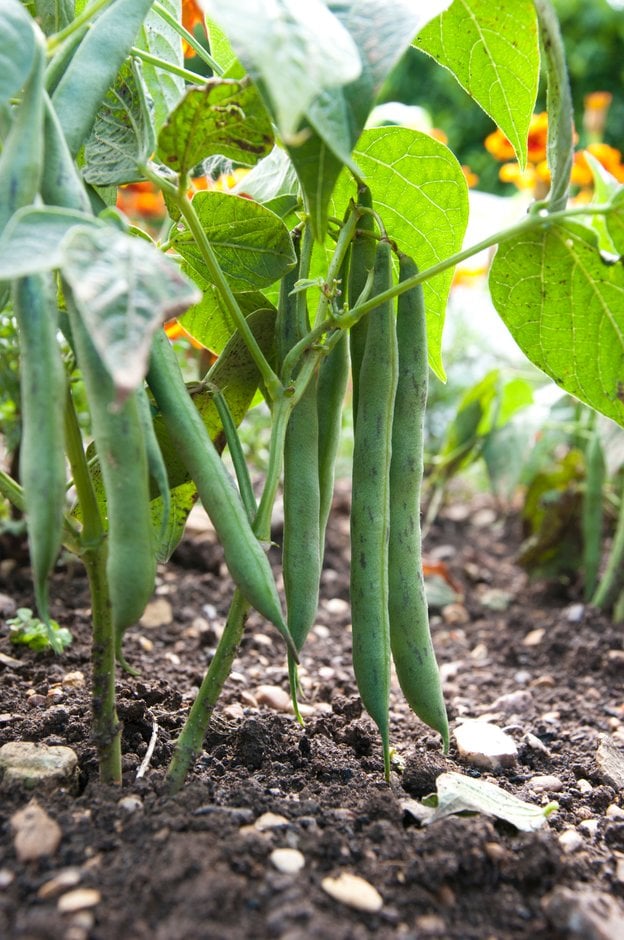-(2).jpg)
- Cabbage: Cabbage and cardoons are both susceptible to the same pests, so they should not be planted together.
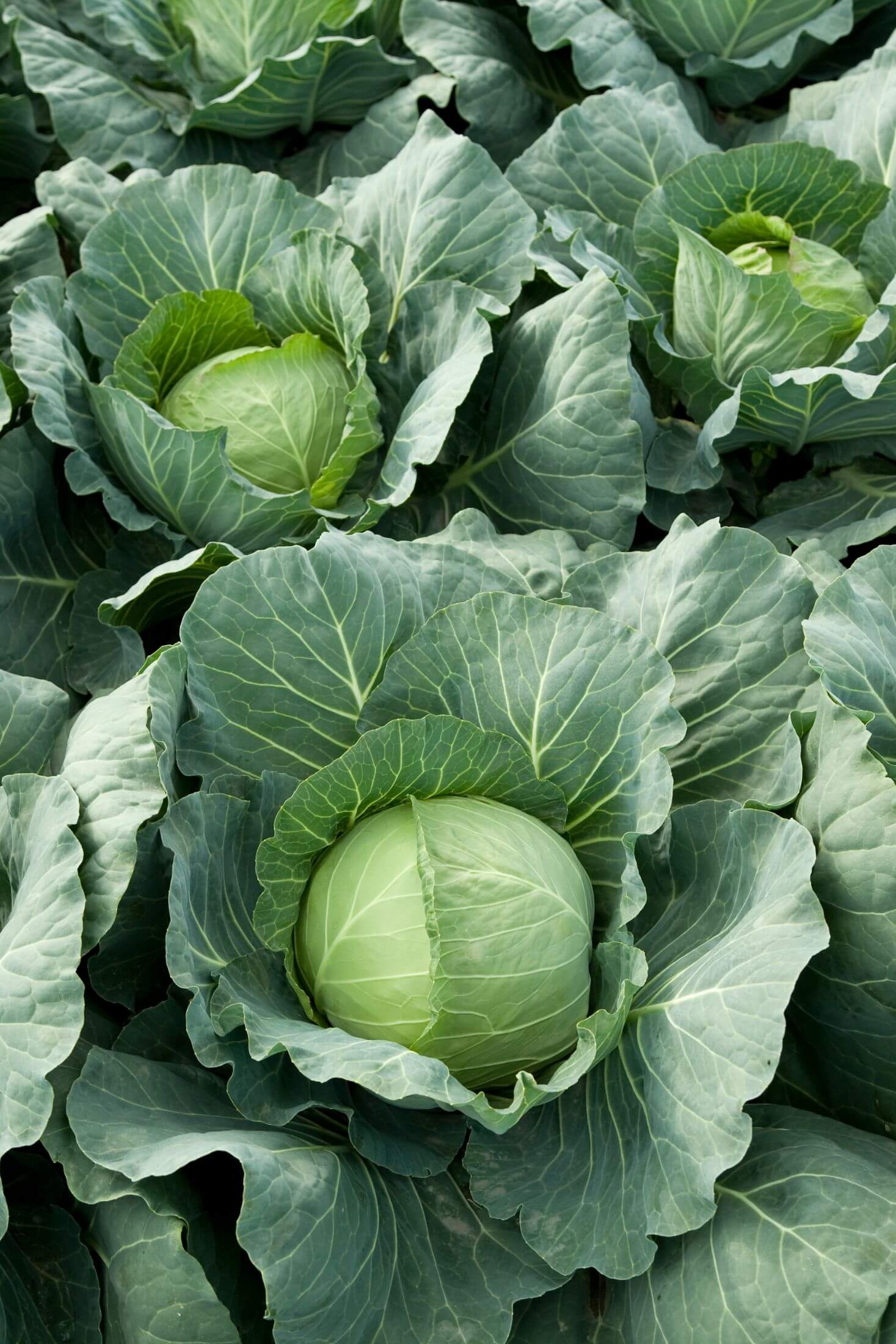
- Peas: Peas and cardoons compete for nutrients, so they should not be planted together.
- Spinach: Spinach and cardoons are both susceptible to the same pests, so they should not be planted together.
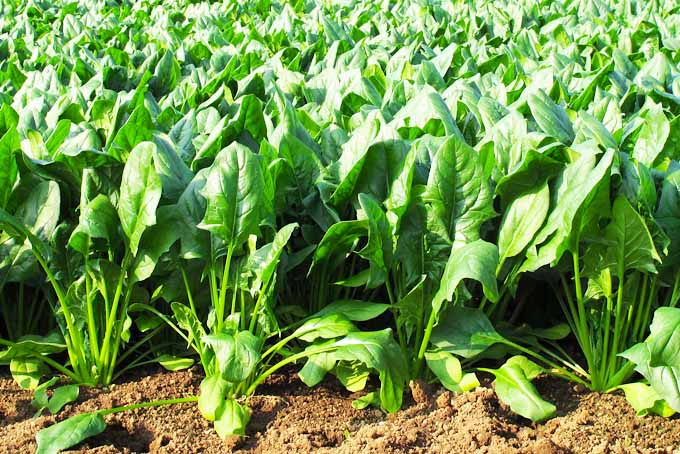
3. How far apart should I plant cardoons?
Cardoons should be planted about 2 feet apart. This will give them enough space to grow and spread.
4. When should I plant cardoons?
Cardoons can be planted in the spring or fall. They prefer full sun, but they can also tolerate partial shade.
5. How do I care for cardoon companion plants?
Cardoon companion plants need regular watering, especially during hot weather. They also need to be fertilized every few weeks.
Image of cardoon companion plants
5 different images of "cardoon companion plants" from Pinterest:
- Asparagus: Asparagus is a good companion plant for cardoons because they both have similar growing requirements. They both prefer full sun and well-drained soil. Asparagus can also help to deter pests from cardoons.

- Rhubarb: Rhubarb is another good companion plant for cardoons. It helps to improve the flavor of cardoons and can also help to deter pests.
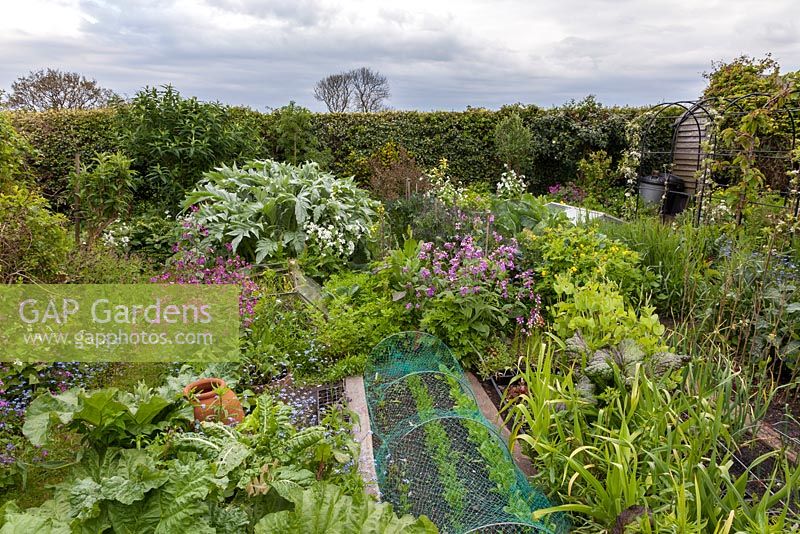
- Globe artichokes: Globe artichokes are a good companion plant for cardoons because they both have similar pest problems. They can help to deter each other's pests.
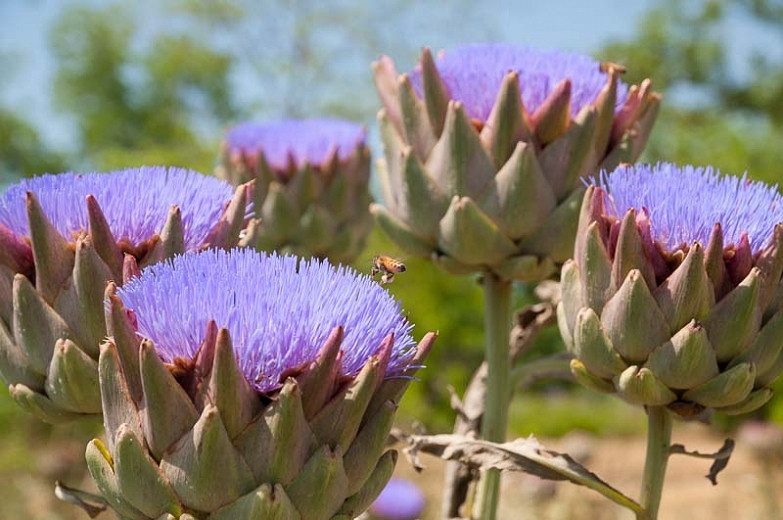
- Horseradish: Horseradish is a good companion plant for cardoons because it helps to repel insects. It can also help to improve the flavor of cardoons.

- Watercress: Watercress is a good companion plant for cardoons because it helps to improve the soil drainage. It can also help to deter pests.

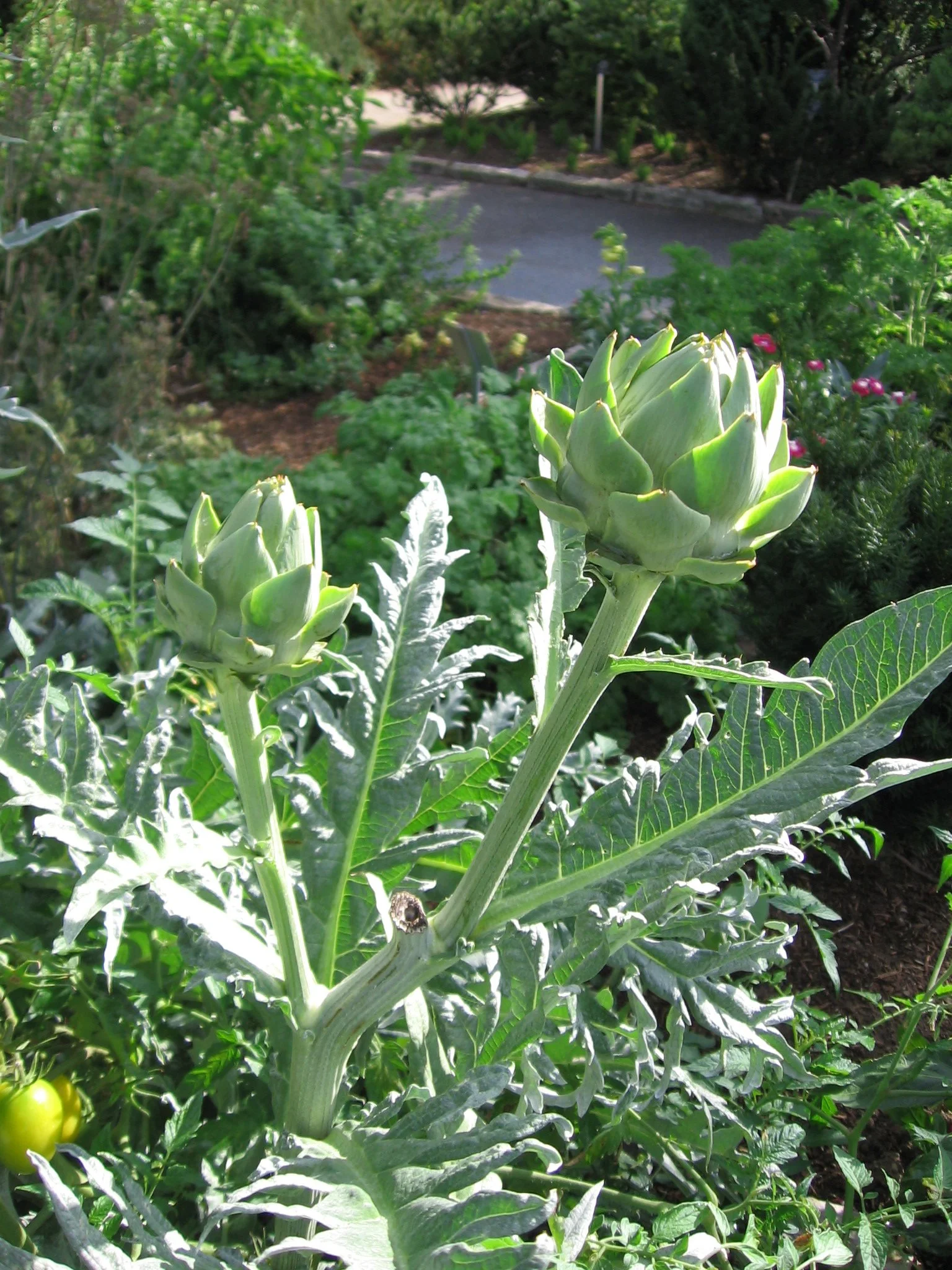
Post a Comment for "The Ultimate Guide To Companion Planting With Cardoons"